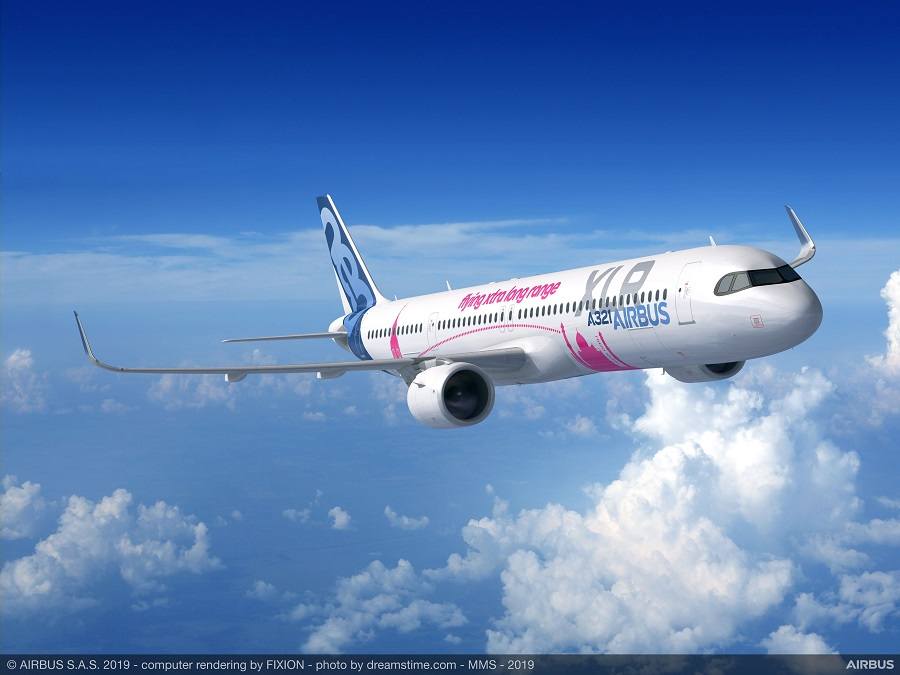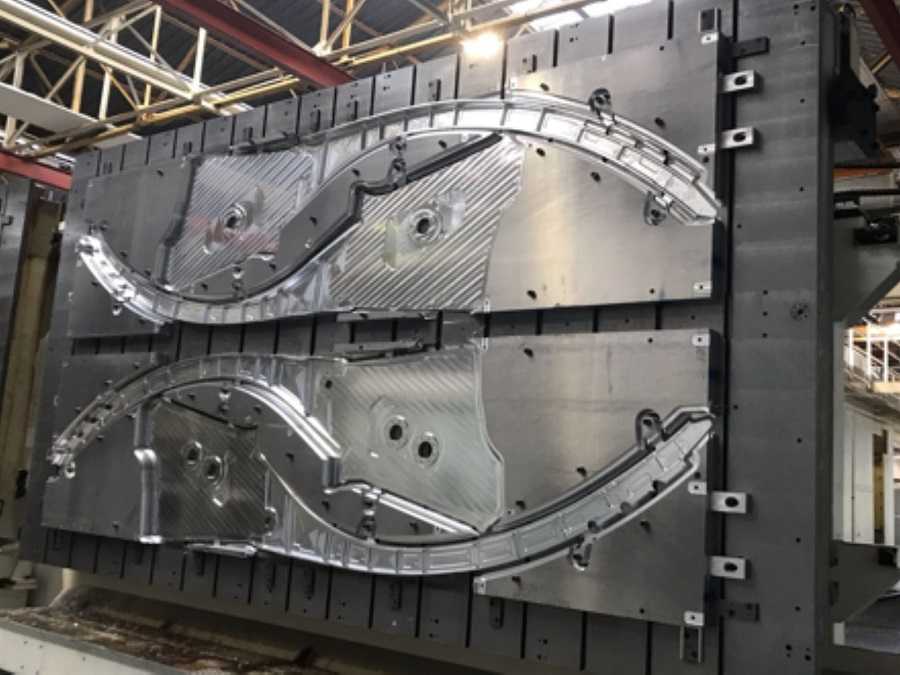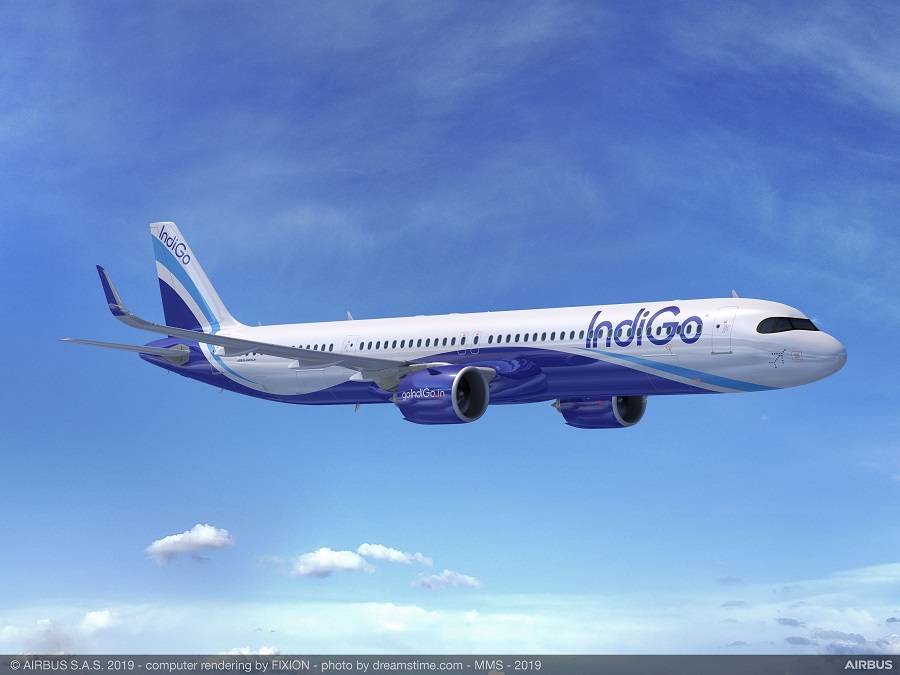Boeing has shared its concerns, with regard to the Airbus A321XLR and the new rear-centre fuel tank that sets it apart from the A320 family.
A discussion on the matter first appeared about a week ago. Initially, it had to do with possible discomfort of passengers, sitting above the tank. This is because of the unique architecture that Airbus chose for the A321XLR’s new tank, that Boeing objects to. Typically, airliners carry their fuel in the wings. This simply uses available space in the wing. But it is also good to keep fuel there, for reasons to do with the balance of the aircraft and the forces acting on the wing itself.
But if more fuel is necessary, airliners can also carry fuel in the fuselage, and many do. In that case, airliners can have one or more centre fuel tanks. The Airbus A321 can have two; one front, one rear. This is the setup of the existing A321LR. The one that drew Boeing’s attention is the A321XLR, because of its novel design.

Typically, centre fuel tanks have their own, independent structure. They take up space that airlines would otherwise use for luggage. In the XLR, the rear-centre tank forms part of the aircraft’s own structure. In essence, Airbus designed it the way aircraft makers would design a wing fuel tank. This makes it a permanent structure in the aircraft.
Airbus A321XLR, EASA And Boeing
EASA and Airbus have been discussing details, regarding the use of this tank. EASA’s main concern wasn’t about fire, as it was about discomfort. Their worry is that the tank would create a feeling of ‘cold feet’, to passengers seating above it. By contrast, Boeing’s concerns with the A321XLR have to do with evacuation time and fire risks.
It is normal (and actually encouraged) for manufacturers to state such opinions, regarding features in each other’s designs. They may well have been working on similar projects, and wish for clarifications on them. This seems to be what Boeing is doing, in the case of the A321XLR. It seems that they made a relevant submission to EASA, on this matter. Boeing state that the design of this rear-centre tank in the A321XLR “presents many potential hazards”.

However, EASA and Airbus have already been discussing this, in conjunction with the ‘cold-feet’ issue. EASA would like Airbus to add thermal insulation, between the tank and the cabin. Airbus counters that such insulation, at this space, would not meet burn-through criteria. Also, thermal insulation would reduce space that must remain free around the tank. This is for ventilation but also for safety, relating to decompression.
In other words, Airbus seems to argue that Boeing’s concerns for the A321XLR could only apply if they change the current design. As it stands, they believe that it is safe. However, Boeing has also highlighted other situations that it believes EASA should examine. These include the exposure of the tank to external fire hazards. EASA responded that Airbus addressed this issue in a separate way.

Other Concerns And Some Commercial Background
Boeing also brought up the possibility of a runway excursion or other landing gear-related failure, stressing the A321XLR’s new tank. EASA responded that they are making a thorough review of the design, specifically in terms of its “structural crashworthiness”. Their evaluation is also taking into account an FAA circular, concerning auxiliary fuel system installations.
Both Boeing and Airbus insist that they never compete on safety. But occasionally int happens. Airbus, for instance, did not make any notable public comments regarding the 737 MAX. However, before ETOPS made four-engined aircraft noncompetitive, they argued that the A340’s four engines were better than the 777’s two. And Boeing’s current comments on the fuel tank of the A321XLR follow an older Airbus comment, about TWA 800.

Commercially, right now Boeing has no answer to the A321XLR. The MAX-10 will match it in passenger capacity. But in range, it will be somewhere between the A321neo and the A321LR. However if the XLR variant faces certification delays, Boeing could have something new to offer to the airlines.
We have already seen suggestions that Boeing is quietly re-launching a new mid-size airplane (NMA) project. Industry insiders already dubbed this Boeing’s anti-A321XLR model. The Airbus has already been selling well enough for its commercial success to be safe. But the prospect of any delays, from now until 2023, could benefit its competitors.
Sources: Flight Global, Reuters




5 comments
Dusty Dan
pat olt
The Concorde was simply too noisy to fly over land. Had this been a US only thing Concorde would have flown over the rest of the world. The US SST program was in part canceled for this reason. That and it became clear it would not be financially successful.
EASA asked Boeing for comments on the A321XLR RCT. I do not know if it is uncommon for a regulator to reach out to a rival manufacturer for an opinion. If they don’t have the expertise in house they have little choice but to ask for the opinion of a rival.
https://jdasolutions.aero/blog/boeings-2021-airworthiness-concerns-about-a321xlr-now-heard-from-easa/?utm_source=rss&utm_medium=rss&utm_campaign=boeings-2021-airworthiness-concerns-about-a321xlr-now-heard-from-easa
“Because of this novel design feature, EASA has been working on Special Conditions relating to the safety of the RCT. The details of this requirement have been out for consultation in the past weeks, and a handful of responses have been received.”
The opposite would be the FAA asking Airbus to comment on a Boeing design. I assume this happens too. It is not like asking Airbus would be a good idea.
If you need to lay the blame for delaying the XLR look to EASA. Apparently they sat on the fire issue for a year.
Dan
Dusty Dan
I see a few feel Boeing was acting badly. Boeing raised concerns in response to a request by EASA for comments on the subject of the RCT. Apparently this is not unusual.
pat olt
Americans trying to denigrate a challenger when they are not in a good position is not new. It reminds me the Concorde which in any case was probably not the right aircraft at the right time although it was a wonder. Anyway, as they could not compete, the Americans decided to ban it from US airports due to environmental reasons and noise pollution.
Obviously no airline would buy a long haul aircraft that cannot operate to or from the United States? So, as soon as Concorde was commercially killed, it became silent by magic and was allowed to go to New York or Washington.
Now they try to delay the A321XLR, questioning the design. Following what they did with the MAX, they really have no shame, to say the least! Moreover, just think about the opposite situation and imagine what would be Boeing’s reaction or even the US authorities reaction. The FAA would probably not even answer to Airbus.
It’s good and healthy when there is a competition but here they go far beyond what is allowable, to my opinion. It might work but it’s pathetic
Dale Ferrier
I’ve always thought Boeing were missing an opportunity in not offering a replacement of the 757. That aircraft did and still does serve a niche, but important part of the market – longer range but with not many more passengers than a 737.
I envisage many of the routes the 757 operates today may end up being taken up by the 321XLR. Boeing has missed the bus.
Jon Green
_Of course_ Boeing objects! Right now they can offer naff-all competition to the A321XLR, and it’ll be some time before they can. Any possible delaying tactic is fair play, so far as they’re concerned, to buy catch-up time.